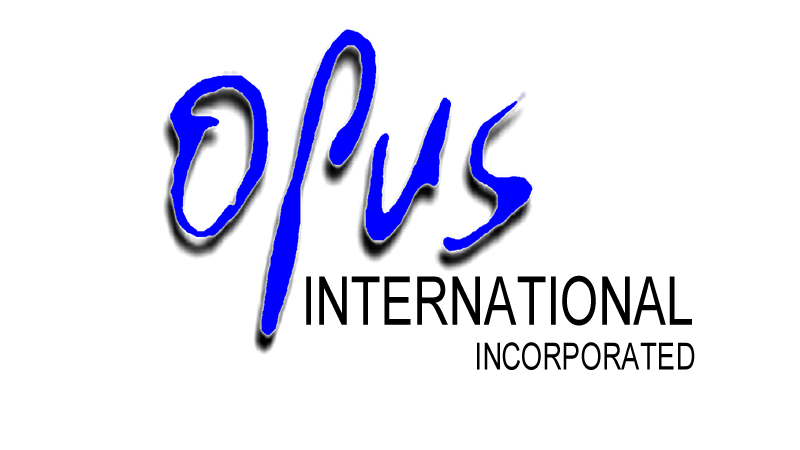Do’s And Don’ts Or Writing The Perfect Résumé
At OPUS International, we see many résumés every day. Some are outstanding and make an instantaneous great impression. Others, while submitted by highly qualified professionals, do not represent the candidate in the best possible way.
To ensure that your résumé presents you in the strongest light, consider the following:
DO remember the nine-second rule. Many employers will not spend more than nine seconds reading your résumé. All pertinent aspects of your experience must be stated concisely, at the beginning of your document and in easy-to-read format.
DO focus every word in your résumé on presenting the technical skills and qualities that will make you valuable for a specific position at a specific company.
DO write a different résumé for each new opportunity. There’s no such thing as “one résumé fits all” when your career is at stake.
DON’T lie (or even fudge) about any aspect of your education or employment. If there’s a major gap in your employment record, you will be called upon to explain why. If you have several decades of experience, don’t think that ignoring your first two jobs will make people think you’re younger.
DO write a succinct objective related to the position at hand.
DO make your professional summary brief and to the point.
DO write a chronological, rather than a functional, résumé, starting with your most recent experience. Highlight your name, each employer, your dates of employment, and your position title.
DON’T pad.
DO bullet-point your experience under each company. Begin each point with an action verb — past tense when appropriate. N.B. “Lead” is a metallic element.
DO include facts and figures. If listing specific projects you’ve managed, include the dollar value of each. If you manage five scientists, say so.
DO include brand names of products whenever possible. There’s nothing like name recognition to pique another person’s interest.
DON’T write that your objective is to “get a job” or “fill a position.”
DO mention promotions and awards you’ve earned.
DO stress team participation and communication skills. Mention specific examples of cross-functional experience whenever possible.
DO try to contain your résumé to two pages. If you have fewer than four or five years’ job experience, a one-page document will most likely fill the bill.
DON’T rely on your spell checker alone.
DO list publications, patents, and presentations as an addendum.
DO note your computer capabilities and short courses relevant to your profession.
DO list your universities and degrees at the end of your résumé, unless you’re a recent grad applying for your first position.
DON’T include names of references on your résumé (but do send them to your recruiter on a separate page).
DO ensure that your résumé is attractive and easy to read. Use an interesting, modern typeface, and leave adequate margins.
DO proofread your document twice — and have someone else proofread it, too.
DO follow up with a phone call to make sure your résumé has arrived at its destination, especially if you have e-mailed.
DON’T include personal information such as your age, hobbies (unless they are truly unique), current and past salaries, and marital and parental status.
DO include a cover letter addressed to a specific person and stating clearly why you are sending your résumé to him or her.
DO be sure, when e-mailing, that your document is transmitted in a form that can be immediately opened and printed by the recipient.
Whether you’re a candidate or a client, we’d love to hear from you!
